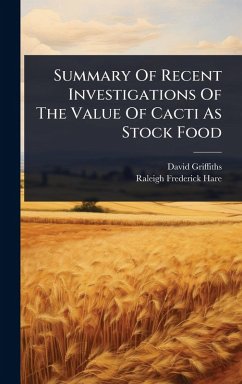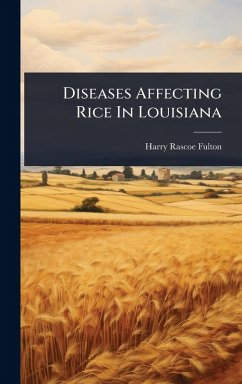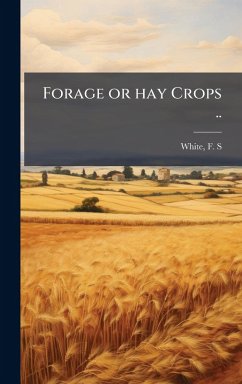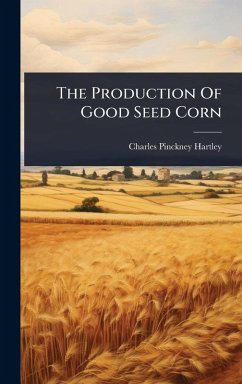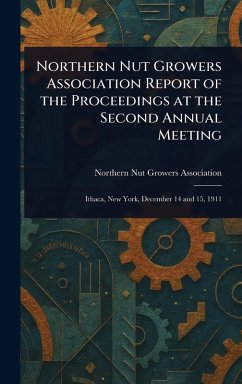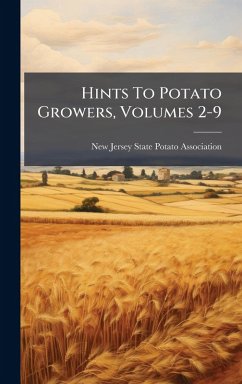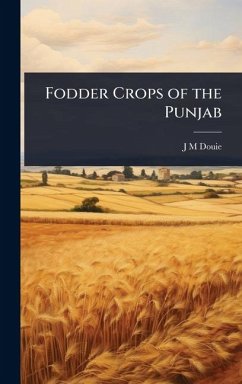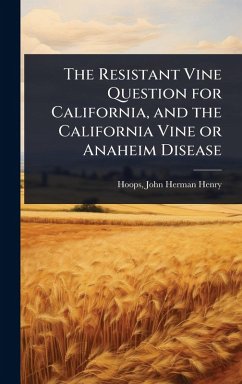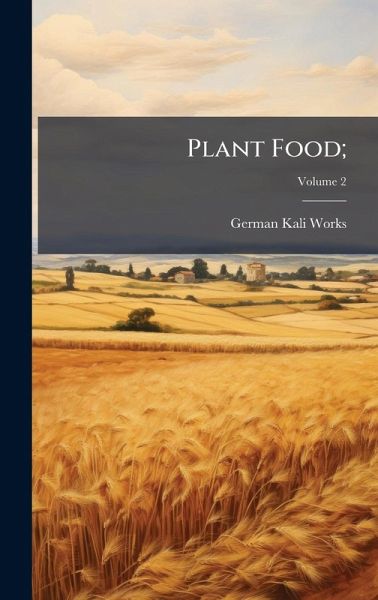
Plant Food;
Versandkostenfrei!
Versandfertig in über 4 Wochen
28,99 €
inkl. MwSt.
Weitere Ausgaben:

PAYBACK Punkte
14 °P sammeln!
Plant Food; Its Nature, Composition and Most Profitable Use, Volume 2, by German Kali Works, offers a detailed examination of plant nutrition and fertilization techniques as understood in the early 20th century. This volume delves into the chemical composition of plant foods, exploring the roles of various nutrients in plant growth and development. It provides practical guidance on the application of fertilizers to maximize crop yields, reflecting the agricultural practices and scientific understanding of the period. Originally published in 1914, this book serves as a valuable historical resou...
Plant Food; Its Nature, Composition and Most Profitable Use, Volume 2, by German Kali Works, offers a detailed examination of plant nutrition and fertilization techniques as understood in the early 20th century. This volume delves into the chemical composition of plant foods, exploring the roles of various nutrients in plant growth and development. It provides practical guidance on the application of fertilizers to maximize crop yields, reflecting the agricultural practices and scientific understanding of the period. Originally published in 1914, this book serves as a valuable historical resource for students and researchers in agriculture, botany, and soil science. It offers insights into the evolution of agricultural practices and the development of modern fertilizer technologies, capturing a crucial era in the history of agricultural science. "Plant Food" remains relevant for its comprehensive coverage of fundamental principles and historical context. This work has been selected by scholars as being culturally important, and is part of the knowledge base of civilization as we know it. This work was reproduced from the original artifact, and remains as true to the original work as possible. Therefore, you will see the original copyright references, library stamps (as most of these works have been housed in our most important libraries around the world), and other notations in the work. This work is in the public domain in the United States of America, and possibly other nations. Within the United States, you may freely copy and distribute this work, as no entity (individual or corporate) has a copyright on the body of the work. As a reproduction of a historical artifact, this work may contain missing or blurred pages, poor pictures, errant marks, etc. Scholars believe, and we concur, that this work is important enough to be preserved, reproduced, and made generally available to the public. We appreciate your support of the preservation process, and thank you for being an important part of keeping this knowledge alive and relevant.



